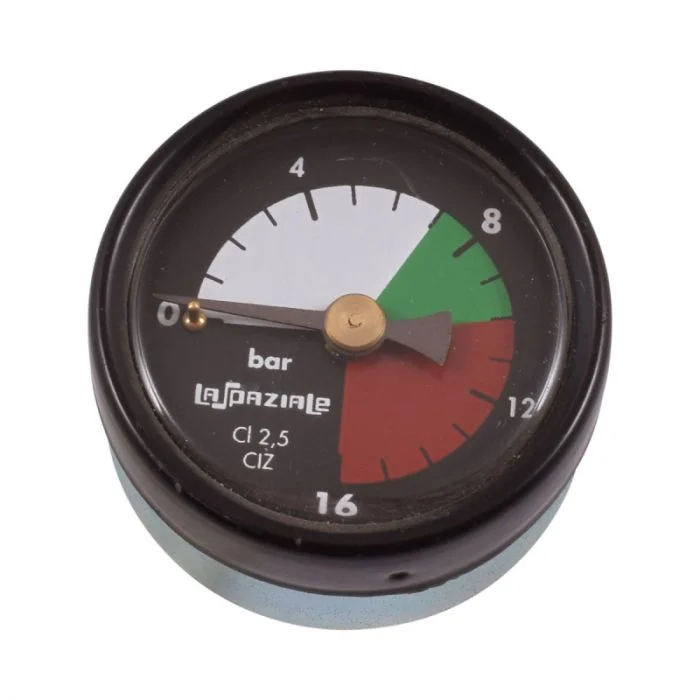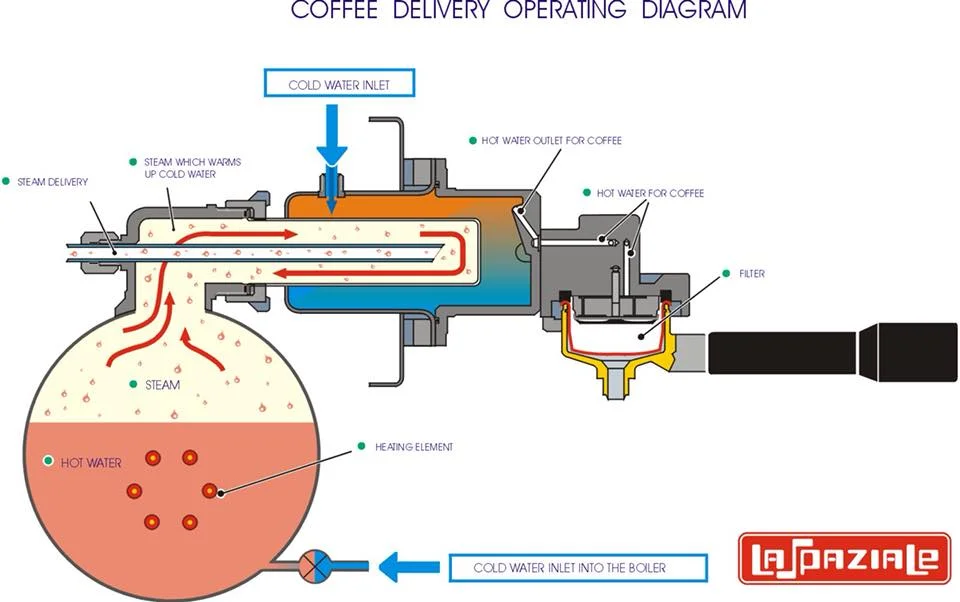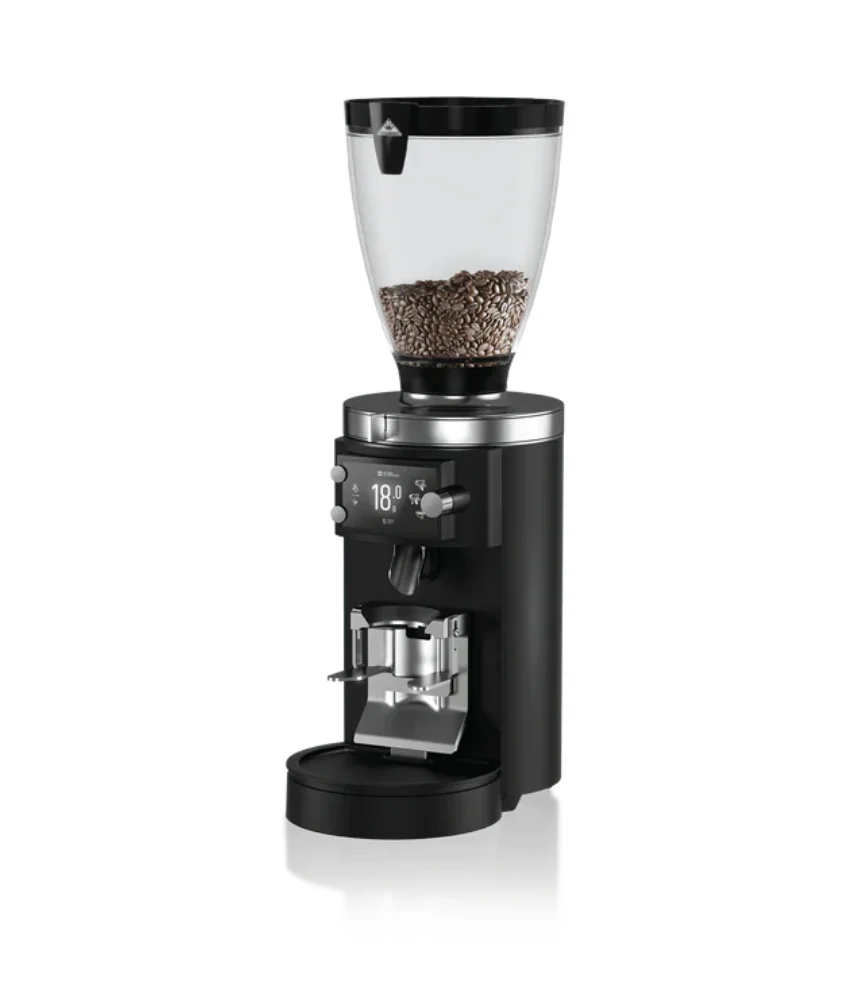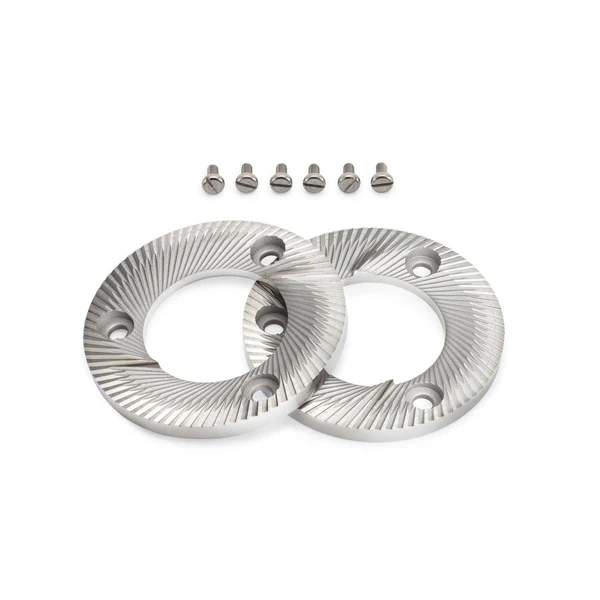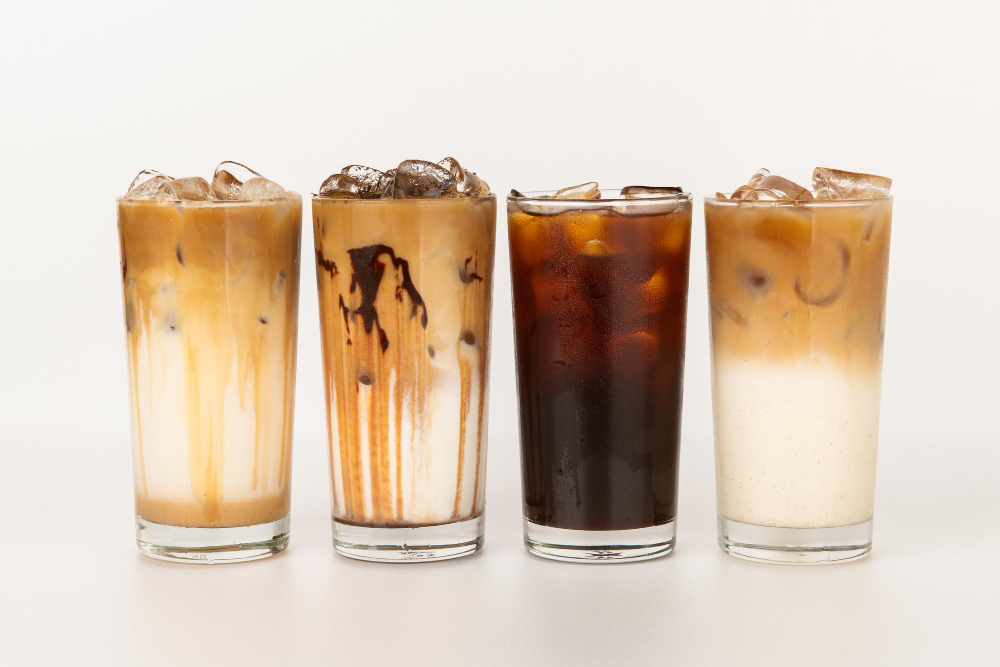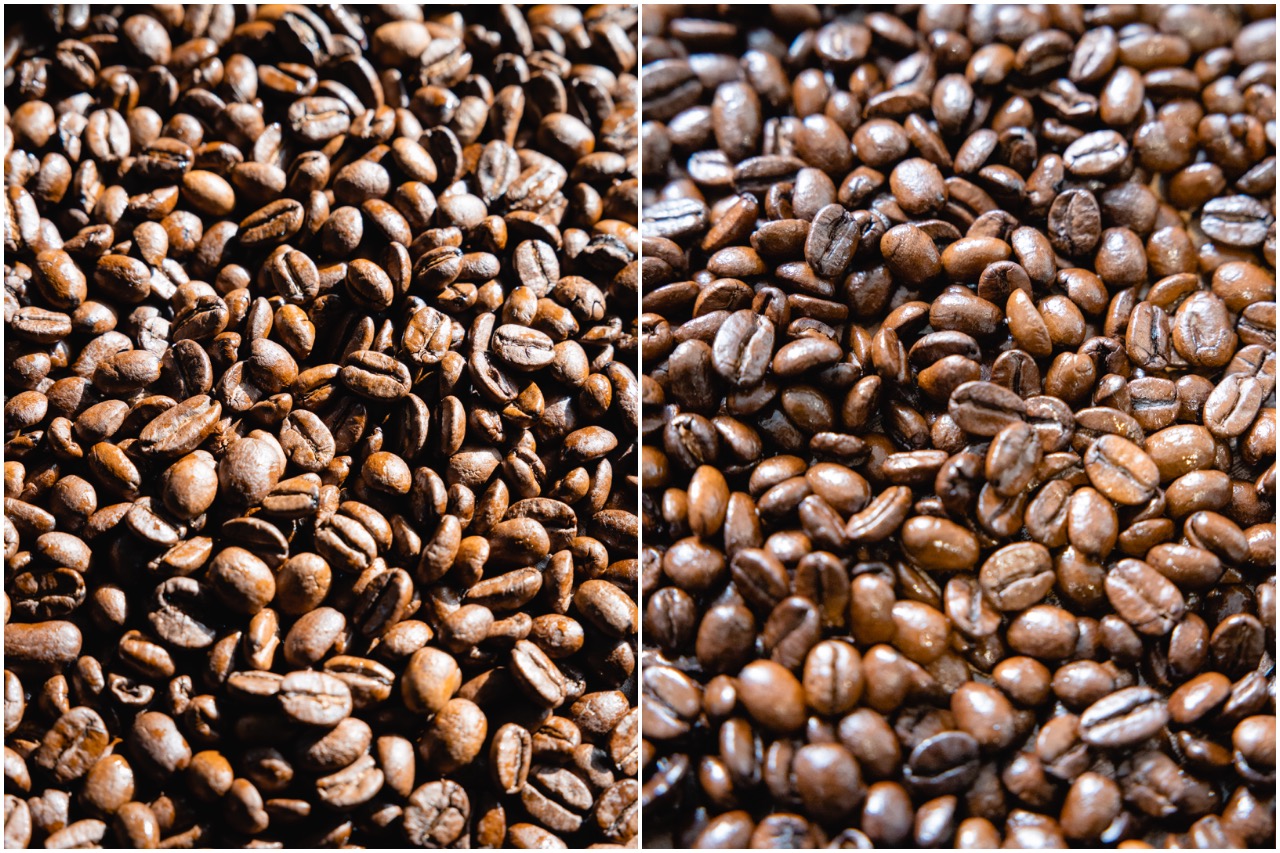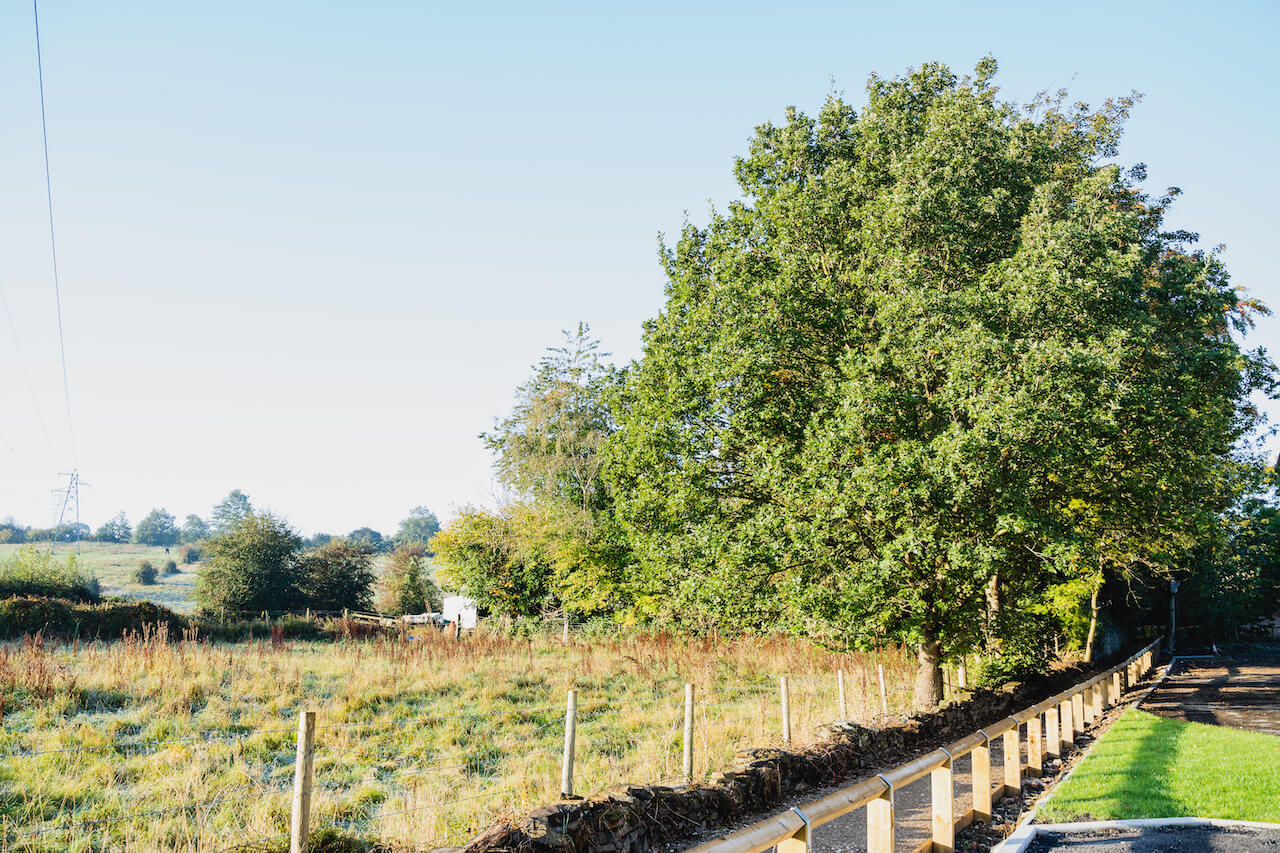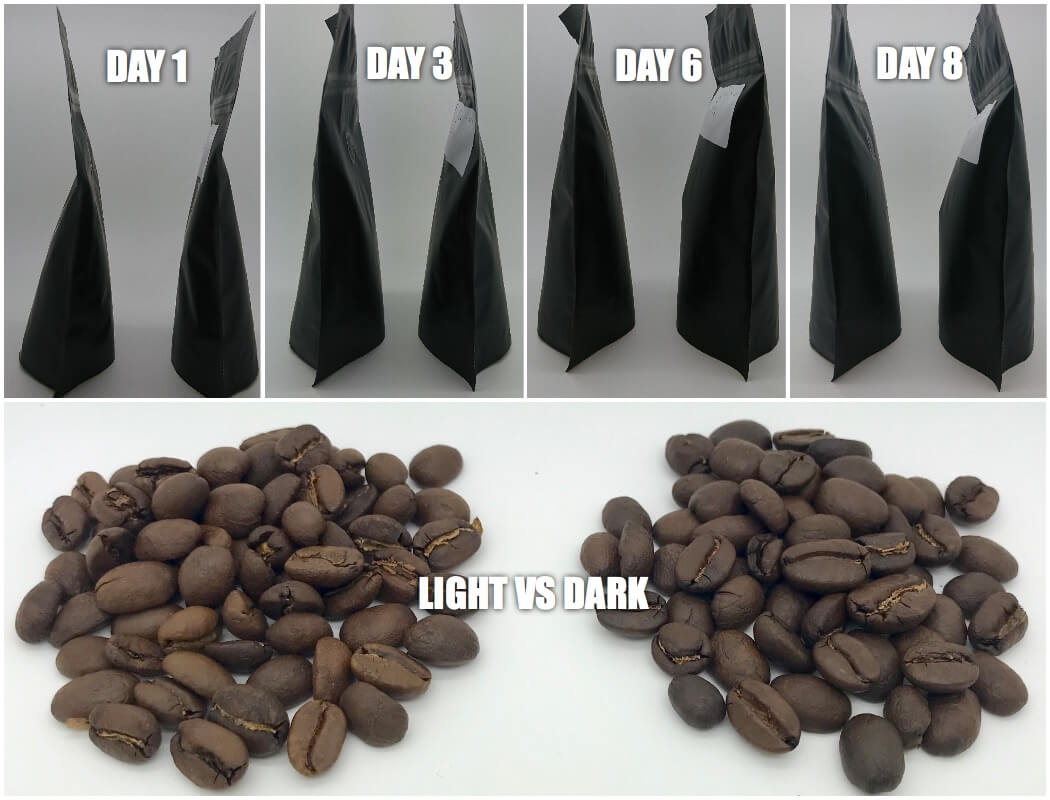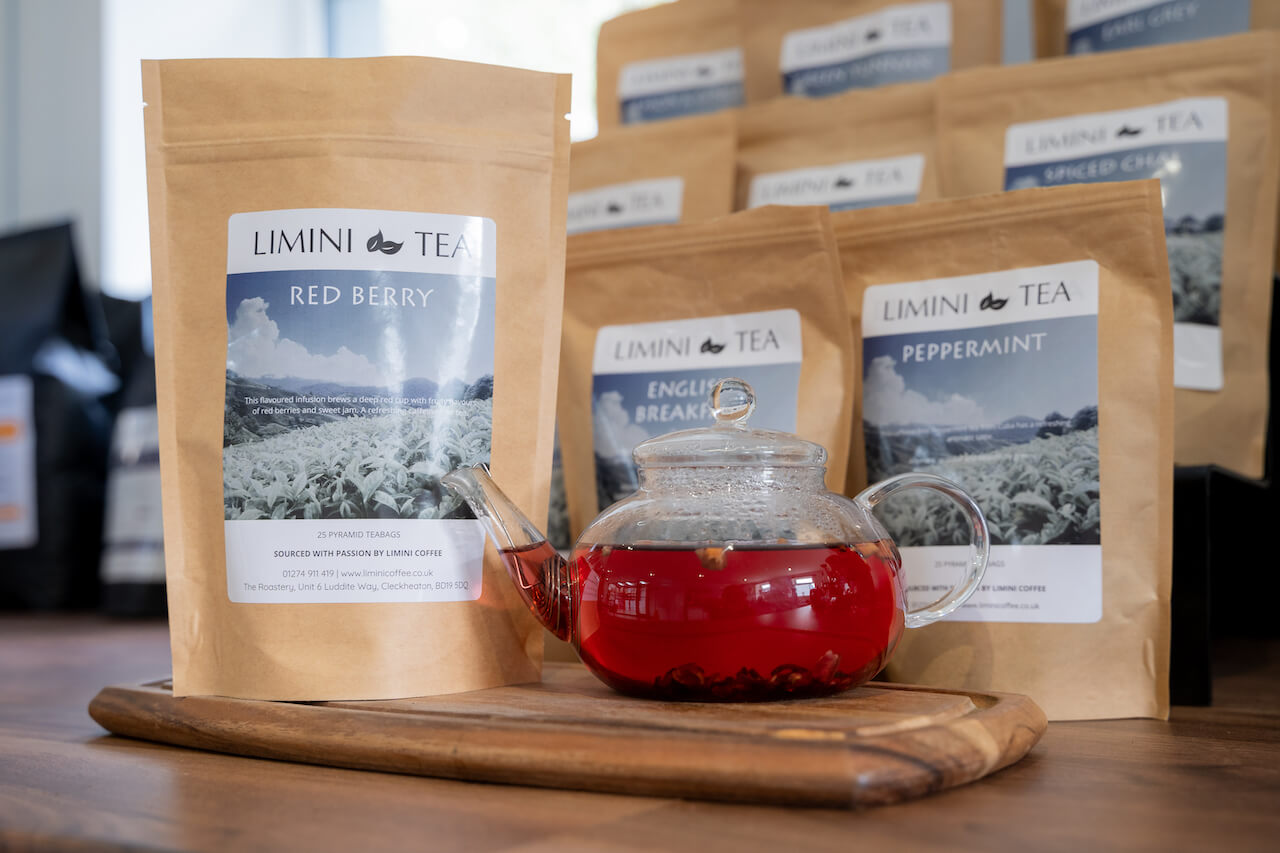Understanding milk
Great coffee shops have a passion for coffee and understand how to get the best from it. What can be overlooked is that, in terms of volume, we sell more milk than coffee. So it's worth having a better understanding on how to get the most from it.
A lot of the enjoyment we get from a cup of coffee is down to the how well the barista has foamed the milk but also the type of milk used. Milk isn't just a choice between whole-fat or skimmed, there is a massive range of alternatives including Lacto-free, Soya, Almond, Oat, Coconut, Rice and even Hemp. These all have different compositions so behave a little differently to each other but in essence milk is composed mainly of water, proteins, carbohydrates, and fat. Depending on the type of milk these will be present in different amounts.
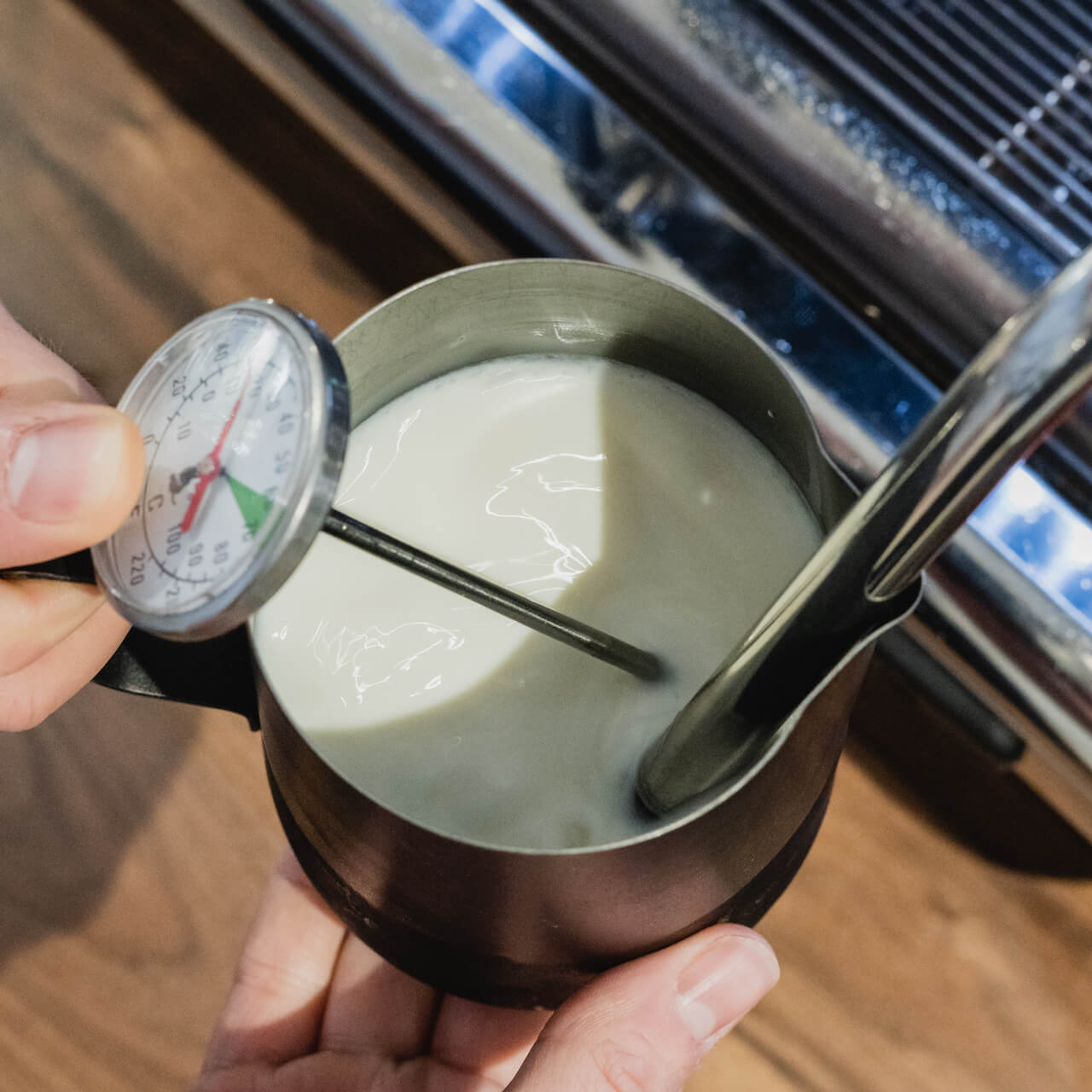
Milk has two types of protein, including essential amino acids. Of the two types present, Serum and Caseins, it is the latter that encompasses air bubbles making them stable and form foam.
Lactose is the carbohydrate, or sugar, component of milk and contributes to flavour. Milkfat is interspersed as tiny globules in the milk which contributes to mouthfeel and flavour.
Milk Foaming
When milk is foamed using a steam arm on an espresso machine two things are happening: the milk is being heated and air is being introduced into the milk.
Proteins in cold milk have a tightly coiled structure and will unwind as they get warmer. As the proteins unwind they wrap around the air bubbles as one side of their structure is repelled by water (hydrophobic) and the other is attracted to water (hydrophilic) and this produces a stable foam. When foamed milk is swirled, an action baristas lovingly call 'polishing', it takes on a shiny appearance due to the bubbles being reinforced with protein.
So it is the proteins in milk that build the bubbles that makes the foam but fat content in milk is great for flavour and texture. The problem is fat can have a negative effect on foam as it will interfere with the bonds between proteins and destabilise it. The hydrophilic part of protein is just as likely to be attracted to the fat than to water, leaving less of them to create bubbles.
So skimmed milk with little fat content will create plenty foam, the drawback being it is also very stiff, making it difficult to pour latte art. Whole milk is ideal for latte art because milkfat melts under heat, giving it creamy texture.
When milk is at cooler temperatures, below 100 ºF / 40 ºC, the proteins can surround air bubbles when they are very small and create mircofoam. Foaming milk over 100 ºF / 40 ºC means the proteins becomes 'denatured' where it stops being stable and it becomes inflexible. This will not just result in a less attractive looking drink but more importantly, a less than ideal texture in the mouth.
Unfortunately even the best microfoam will quickly destablise. Gravity will drain the liquid and the air will rise and combine into larger bubbles until the pressure inside increases enough to overcome the proteins resulting in them bursting. So pour that latte art quickly!
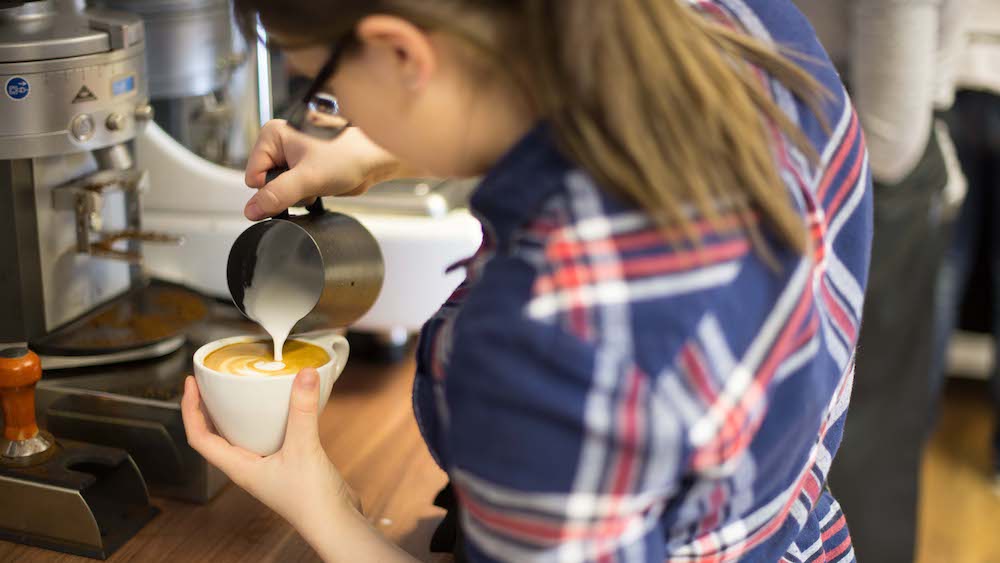
Temperature and Sweetness
The human tongue is naturally more sensitive to sweetness when things are hotter. When we steam milk, the carbohydrates break down into simpler sugars which have a sweeter taste. The perfect temperature for this is 140 °F / 60 ºC, but also, when it goes beyond this point the proteins will start to break down and the air bubbles burst.
Your beautifully velvet foam will be gone forever and the same result will happen if foamed milk is reheated. Reheated milk will develop off-tastes and the foam structure will start to break down. It's better to use the right amount of milk for an order rather than topping up old with fresh.
While on the subject of taste then it's worth pointing out what fat does to how we perceive flavour. Fat globules are bigger than other solubles in the milk so can prevent them from making contact with your tastebuds. Basically, it coats your tongue and masks certain flavours but it also accentuates others that like to stick to fat. It's worth trying an espresso with and with out milk so see how the flavours change.
Skimmed vs Whole
In the past, advice for the diet conscious was always to go with the low-fat option. It is the level of fat in milk which changes its calorie content. A 245g serving of non-fat milk has around 80 calories and 0 grams of fat. A 245g serving of whole milk has around 150 calories and 8 grams of fat. All other nutrient content stays the same.
It has been commonly accepted that consuming saturated fats and trans fats leads to increased risk of heart disease and obesity but now evidence suggests that this might not be an issue regarding the saturated fat in dairy. According to the European Journal of Nutrition the current research on dairy fat suggests a full-fat dairy diet does not increase chance of developing cardiovascular disease and type 2 diabetes versus a low-fat dairy diet.
If you would like to learn more about the techniques baristas use to produce perfectly foamed milk for any drink, then come join us here at Limini for a Barista or Latte art course. We will have you steaming perfect micro-foam for your milk based drinks in no time.
Milk Alternatives
Plant based milk alternatives are growing in popularity and offer health benefits but they are not without challenges for the barista. From curdling to stiff foam each type seems to have a drawback to contend with but there are professional barista ranges out there that help with these.
Maybe the most important difference to note is the steaming temperature. Milk alternatives have a lower burning point than dairy milk so should be served at a cooler temperature around 120 ºF / 50 ºC and no more than 130 ºF / 55 ºC to prevent scalding.
Below is an example chart showing the composition of some milk types. What is evident is that they differ a great deal in fat, carbohydrate and protein content.
| Milk type | Fat | Carbohydrate | Protein |
|---|---|---|---|
| Whole (dairy) | 4.0g | 4.7g | 3.4g |
| Skimmed (dairy) | 0.1g | 5.1g | 3.4g |
| Almond | 1.1g | 2.4g | 0.4g |
| Soya | 1.8g | 2.5g | 3.0g |
| Coconut | 0.9g | 2.7g | 0.1g |
| Rice | 1.0g | 9.9g | 0.1g |
| Oat | 3.0g | 6.5g | 1.0g |

So how does this translate into your cup of coffee? At Limini Coffee we have spent some time exploring the merits of the alternative options. Keeping in mind that we used a single brand for each type, others brands may provide better results. All were judged based on taste, aroma, texture, mouthfeel and how it pours latte art.
Soya
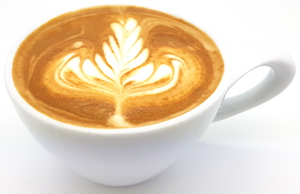
Soya milk has the same amount of protein as cow's milk but is low in fat. It has cholesterol lowering properties and often has added calcium and vitamins. A downside is that it creates a stiff foam and the acidity in coffee can make it curdle.
Taste: Has a subtle nuttiness, the original version is sweetened with apple juice that can work well with coffee.
Texture: Pretty good when first poured, it has a glossy appearance but quickly loses its shine. Produces a very stable foam that is long lasting but splits when agitated with a spoon.
Pour: Difficult but not impossible. Admittedly we didn't use the barista version which would help. The trick seems to be make a thinner foam than you would normally.
Mouthfeel: Has a pleasant silkiness and the foam is creamy on the lips but the oils in soya milk means it tends to split.
Aroma: Hints of nuts and apple.
Oat
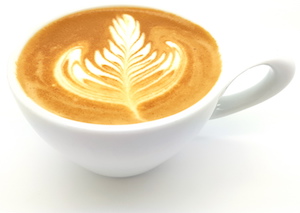
Oat milk is made from oats with added vitamins and calcium but low in saturated fat.
Taste: The oat flavour is very forward in the coffee.
Texture: Has a similar glossy appearance to soya but loses this shine much faster. Bubbles can quickly become visible.
Pour: A great feature of oat milk is hows it pours. It glides well on the crema and results come closest to that of diary.
Mouthfeel: The consistency is thin and the foam is dry which is surprising considering how well it pours.
Aroma: Mild oat notes and fairly neutral.
Almond

Almond milk is a blend of almonds and water. Calcium and vitamins can be added. Cross contamination can be an issue as it is an allergen.
Taste: The unsweetened version has a smooth nutty taste. It is worth trying the sweetened version, you might enjoy how it compliments the natural sweetness of espresso.
Texture: Initially there seemed to be too many visible bubbles in the pitcher to be called microfoam. Once in the cup though the foam has lasting shine which is pliable and stable but it hides a watery consistency below.
Pour: More difficult than soya. Foam seems reluctant to start forming latte art and lacks definition.
Mouthfeel: Really thin but the creamy foam on top saves it.
Aroma: Very subtle.
Coconut
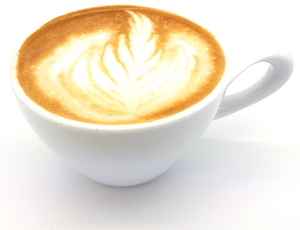
Coconut milk is made from pressing them and adding calcium. It is much lower in protein than other plant based milks but higher in saturated fats.
Taste: Dominates the espresso.
Texture: Large bubbles that burst when swirled.
Pour: Unworkable as it produces no real microfoam.
Mouthfeel: The thinnest of the selection with a foamy consistency.
Aroma: Inoffensive but doesn't enhance the cup.
Rice
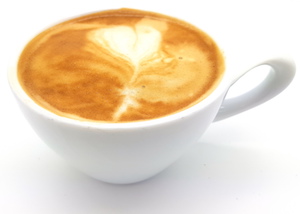
Rice milk is pressed through a mill and uses diffusion to strain out the pressed grains. It has the highest amount of carbohydrates but hardly any protein.
Taste: Has starchy bitterness to it. A little sour and a little savoury with the sweetness from espresso fighting to get through.
Texture: Preformed worse in the category by a big margin. There are large unstable bubbles present due to lack of protein content.
Pour: Latte art seems impossible, the worst performer in the category.
Mouthfeel: Is a touch thin but some silkiness redeems it.
Aroma: Has aroma of dried rice.
Overall, what is evident is that milks are not all equal in their qualities, and some of it comes down to personal taste preferences. If you are interested in practising barista skills with milk alternatives then let us know in advance so we have them ready for you on your course.

Flushing of the group head
Why the need for flushing the group head should be an important part of your routine.
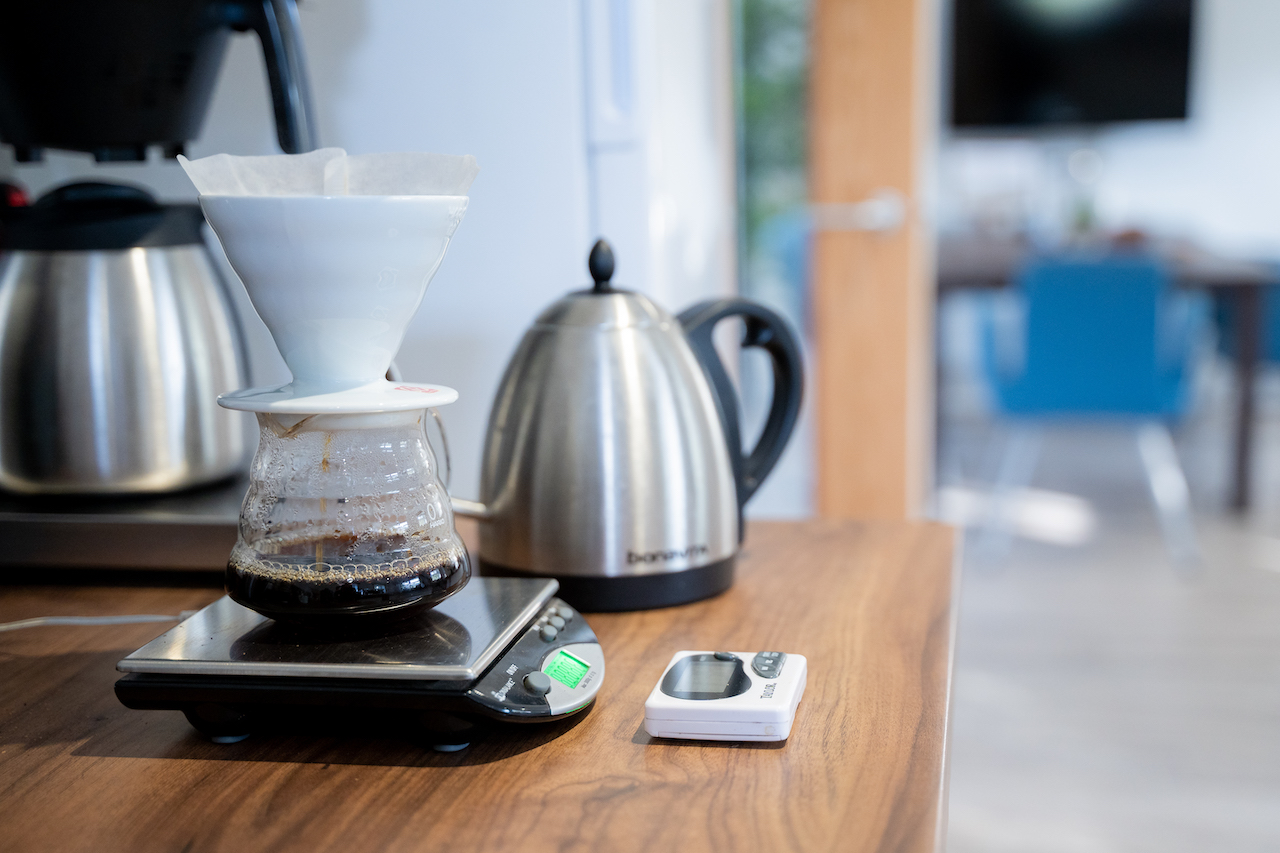
How to serve filter coffee
An article about the various methods of how to serve filter coffee in a busy coffee shop.
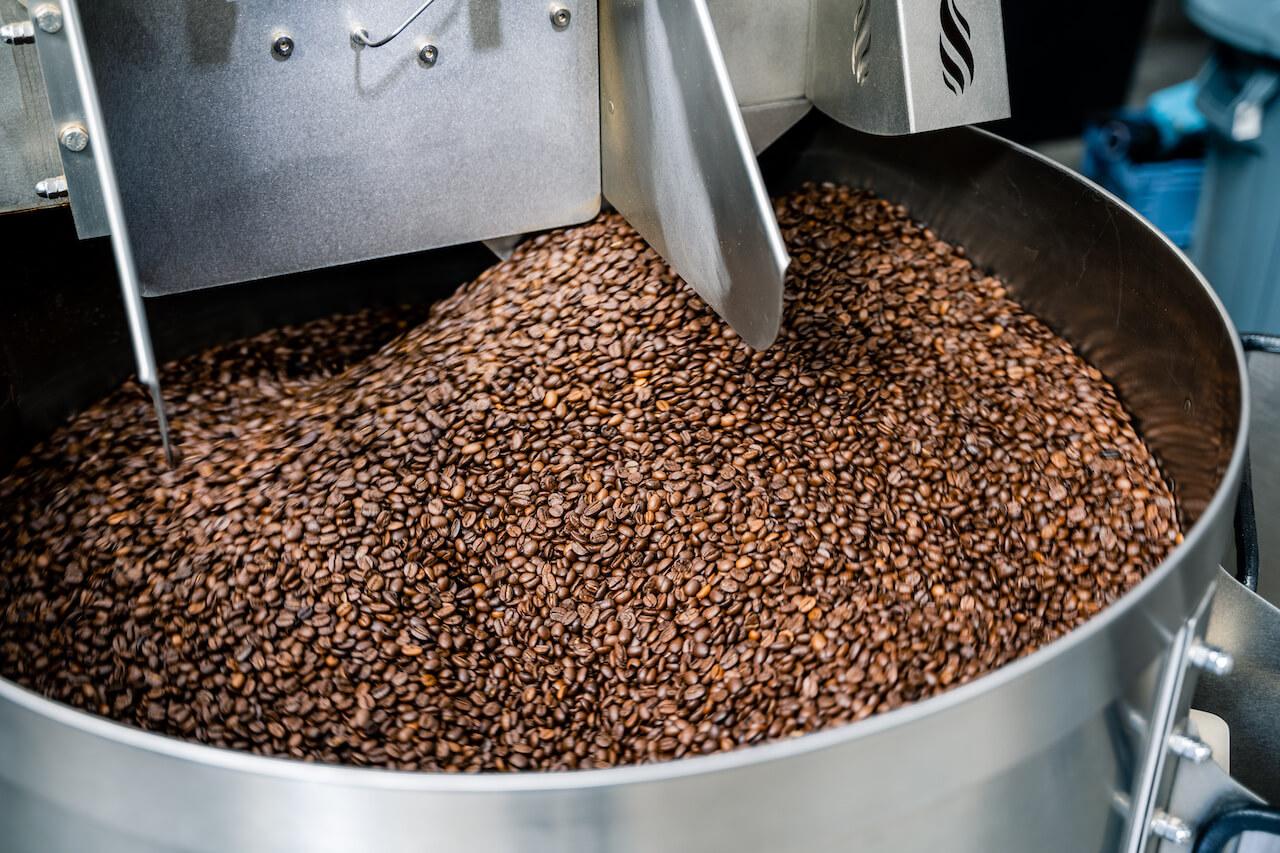
What is that smell?
You walk through the doors into your beautiful coffee shop and you smell the wonders of coffee.
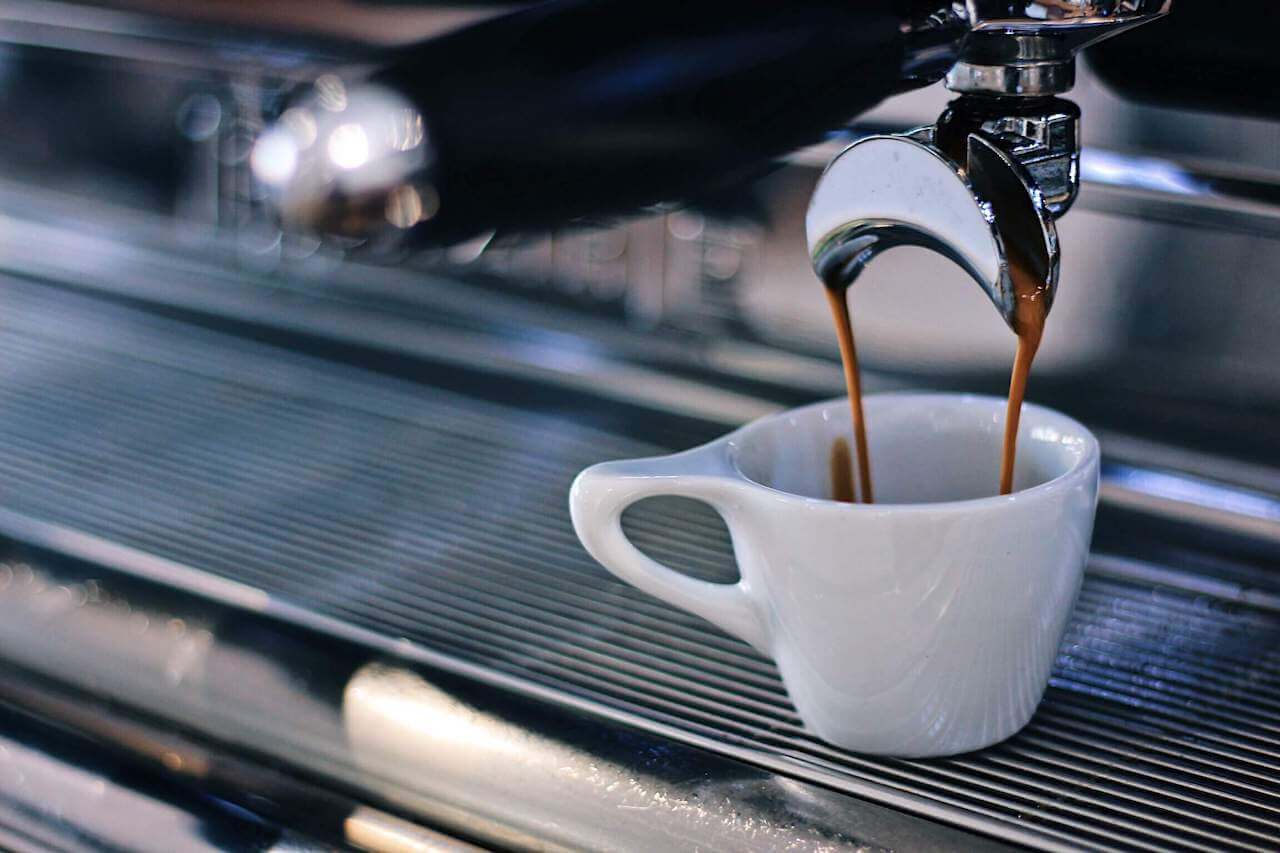
No more espressos...
A different concept for serving espresso based drinks.You can be different and serve coffees with a different base.
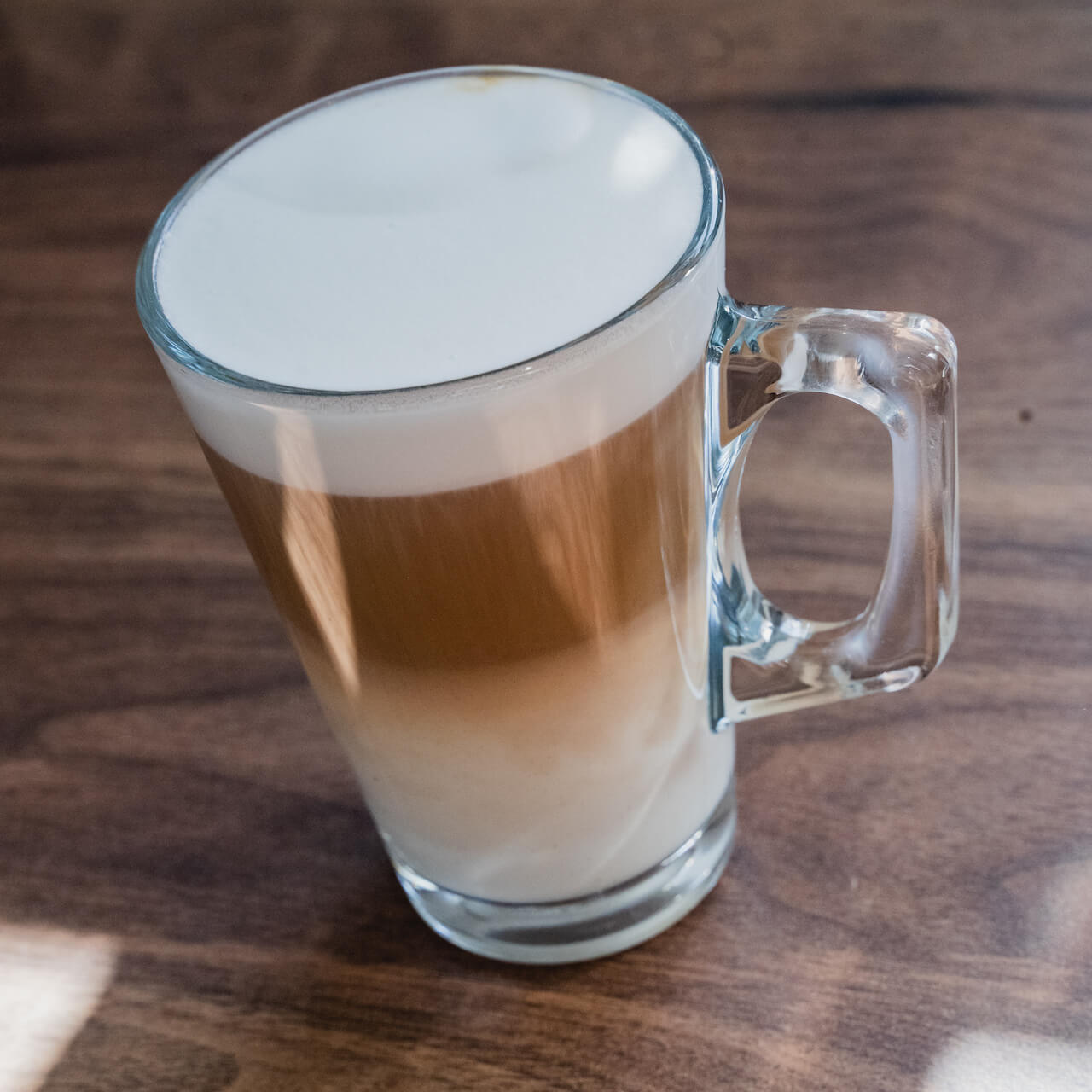
Latte, cappuccino, macchiato.... what?
A simple explanation of many of the amazing names that the coffee world has come up with over the years.
Tamping
Learn more about why tamping is actually so important. It is a skill owned by the barista and it does make a difference.
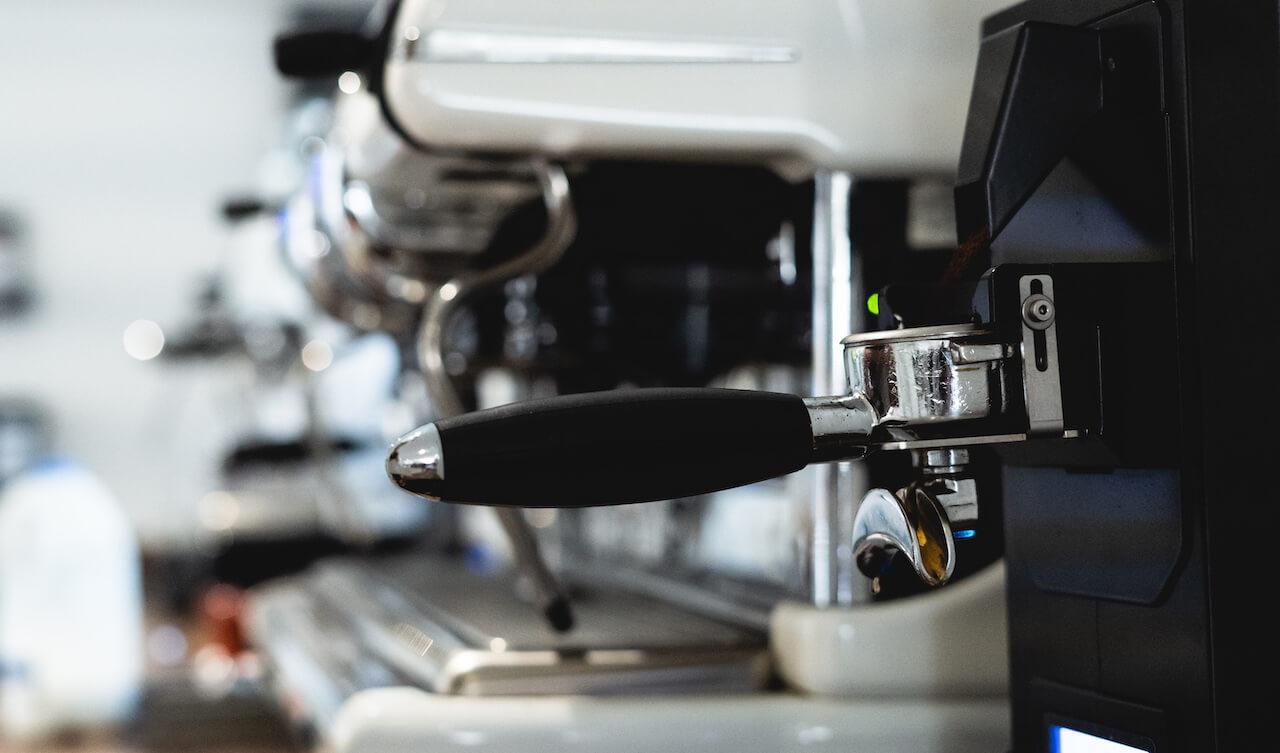
Compact vs normal size machines
What really is the difference between a compact and a standard size machine.
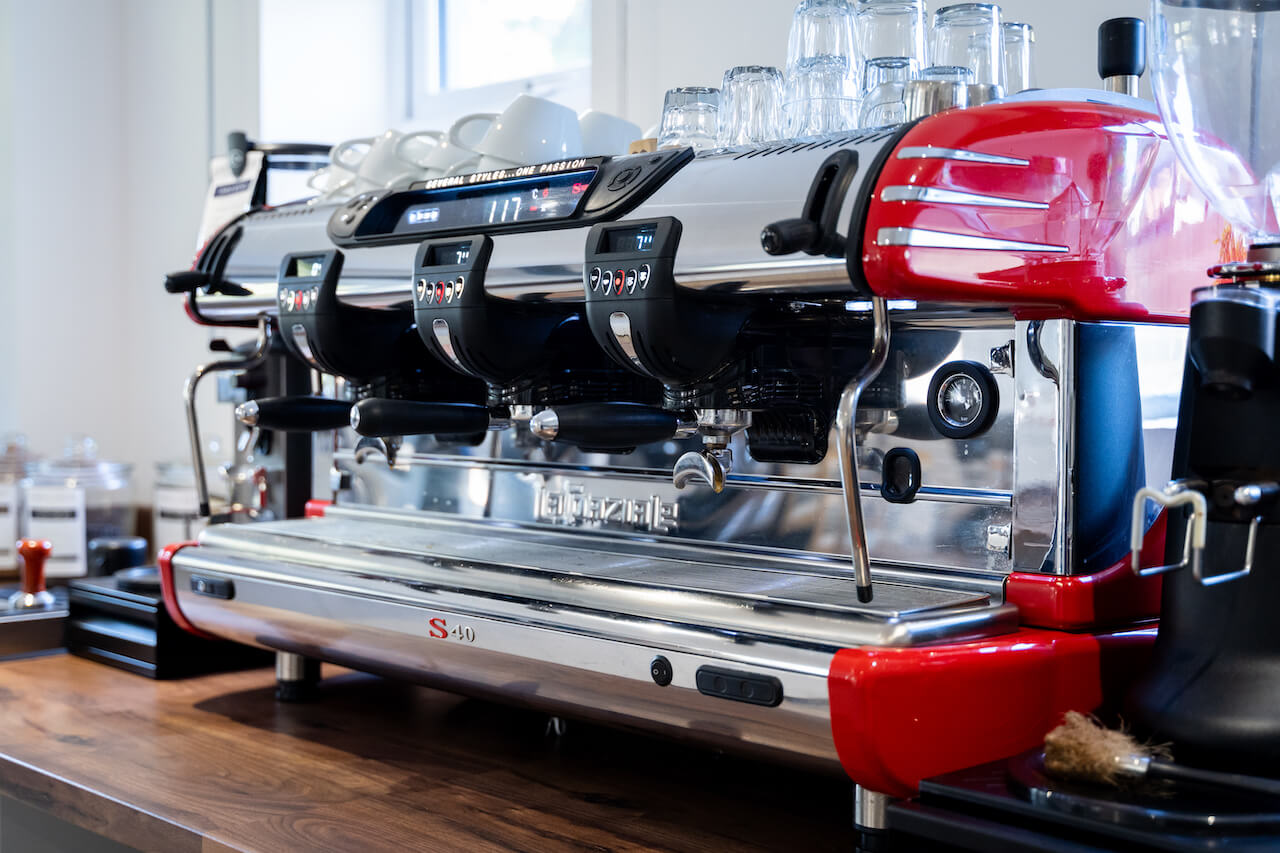
Guide to espresso equipment
Our comprehensive guide on choosing the correct equipment for your espresso drinks.
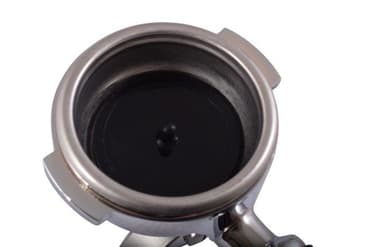
Backflushing your espresso machine
Learn about why you need to backflush an espresso machine and how it works.
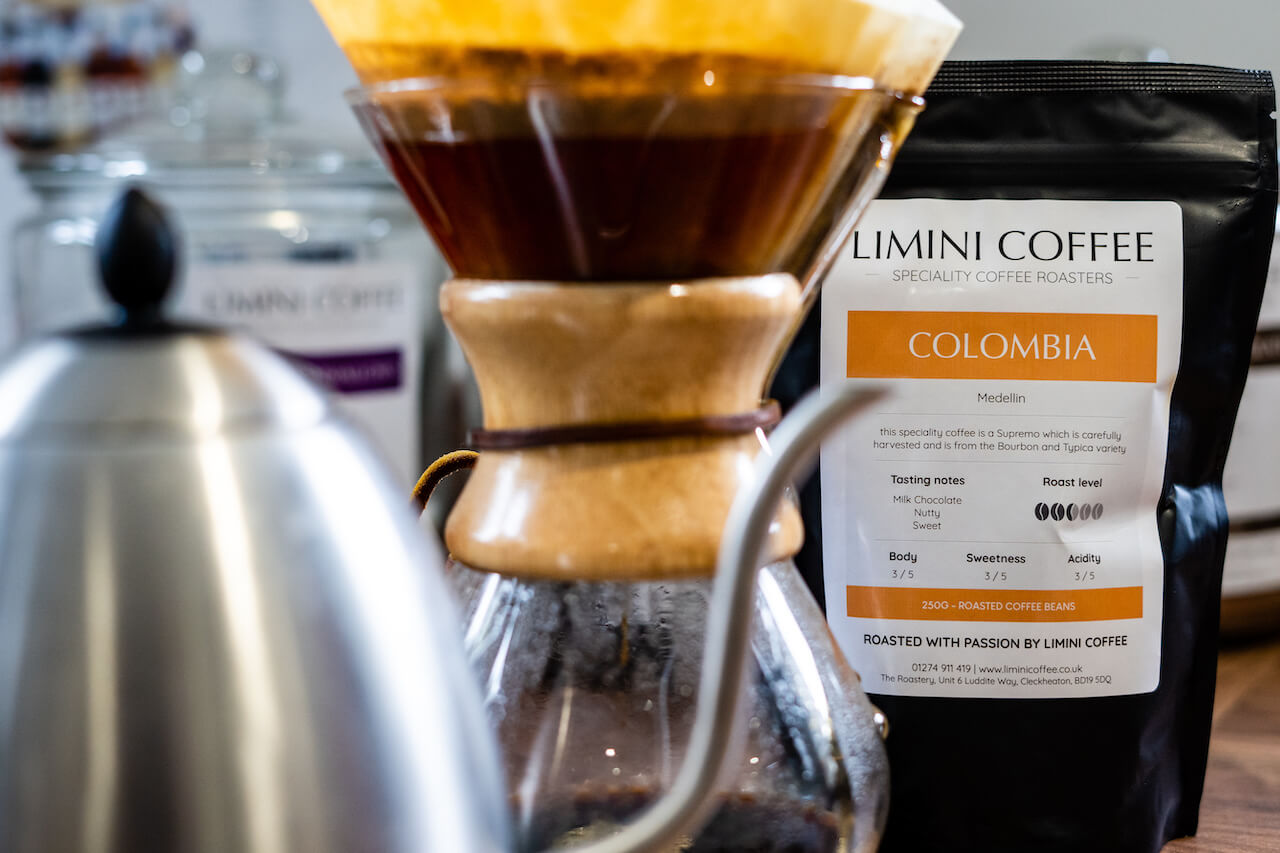
Filter coffee
Filter coffee is beautiful and here we will introduce you to some of the more popular methods.
.webp)
call us for a chat on 01274 911 419
Monday - Friday | 09:00 - 16:30
Closed bank holidays
Terms and conditions | Privacy policy | Website settings
By continuing to browse you agree to our use of cookies.
Copyright © 2008-2025 Limini Coffee Services Limited. All Rights Reserved
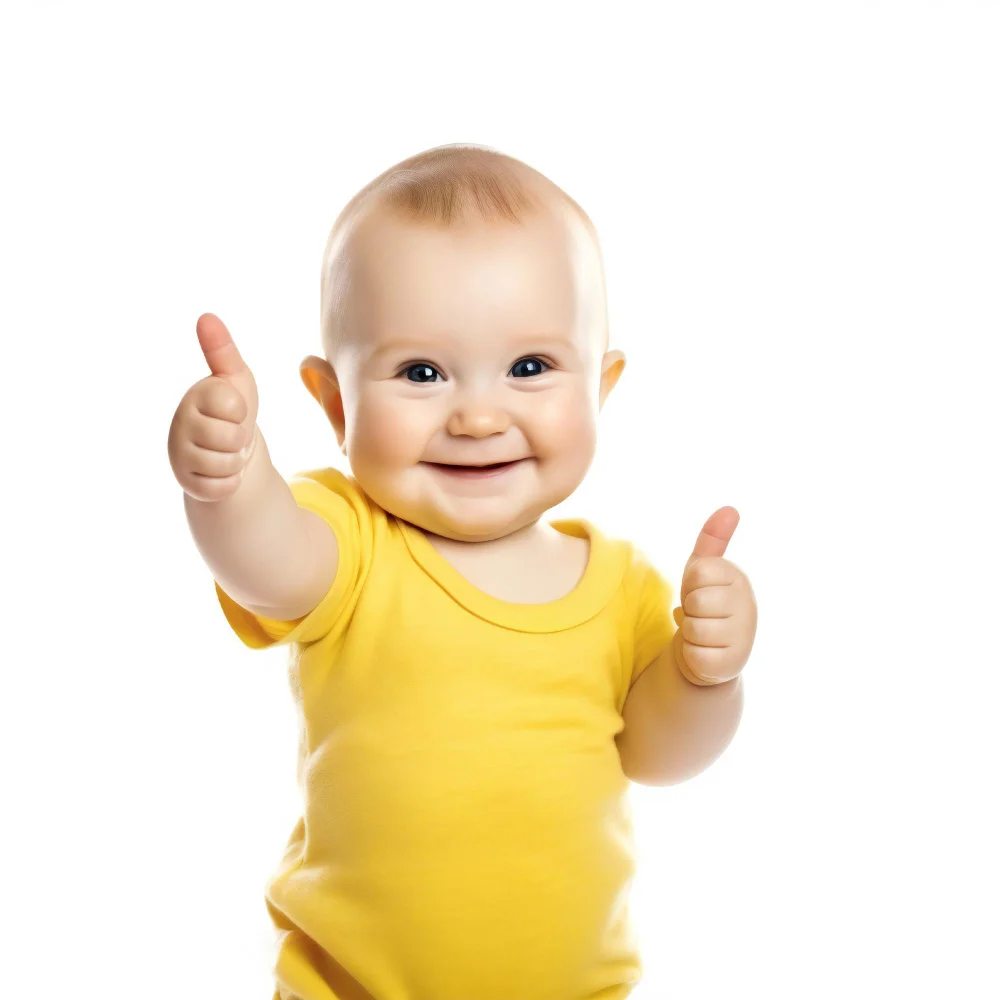

.webp)
